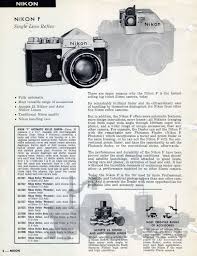There are a few key differences between digital photography and traditional photography. First, the former is far cheaper and more versatile. Second, it is less prone to manipulation. And third, digital photos are often far more detailed. Film photographs are more accurate in terms of detail and natural tones than digital photos. In addition, traditional photography uses light-sensitive materials and a darkroom to process the film. This allows you to add filters and effects to the photos.
Less expensive
You can make the argument that digital photography is less expensive than traditional photography, but that isn’t always the case. The technology used in digital photography is constantly improving, and while it may be true that digital cameras can be cheaper than film, the reality is very different. If you want to take good pictures of your family and friends, you’ll still need to invest in some high-end cameras. Additionally, you’ll need to spend money on ink and paper for photo printers and memory cards.
Another advantage of digital photography is its storage capacity. It can store many thousands of photos, while film can only store a few dozen. In addition, a digital camera allows you to store your images online or on your computer. Moreover, you can print photo books of your photos. Both film and digital cameras can produce acceptable quality prints, and you can easily print your photos out in high quality. While the costs are higher for film, they are still less expensive than film photography.
More versatile
Film and digital cameras both have their pros and cons. Film is cheaper, but requires ongoing film development costs. Digital cameras are more expensive up front, but there is little to no operational cost. Unlike film, you can store thousands of photos and have them available online or in your office. There are many advantages of digital over film, but you should decide what is right for you based on your needs. A good place to start is with the camera itself.
With traditional photography, you could only alter a photograph once. Then, you had to wait for it to develop. With digital photography, you can edit it many times before completing the final product. You can use multiple, even radical editing techniques. A camera or smartphone can often do basic editing, but you can also make more advanced adjustments with a photo-editing software package. This gives you more creative options. And when you’re ready to share your photos, you can do so immediately.
Less susceptible to manipulation
Despite this benefit, digital photography is still subject to manipulation, even when taken by professionals. A good example is a photograph of a celebrity with a photo-shopped face. Digital photos have fewer visual discrepancies than traditional photographs, and are less likely to contain false information. Photographers can also mount digital cameras on satellites. A good example of how digital photography has lessened the risk of manipulation is in spying. The National Imagery and Mapping Agency (NIM) is the agency responsible for this.
Another advantage of digital photography is the convenience of printing photo books. Film requires more patience than digital cameras, and you can take fewer photos with a digital camera. However, film is still cheaper and can produce photo books. For this reason, photographers who prefer multiple exposures of the same image may find the limited number of exposures imposed by film stifling. Digital cameras can store thousands of images on a memory card.

